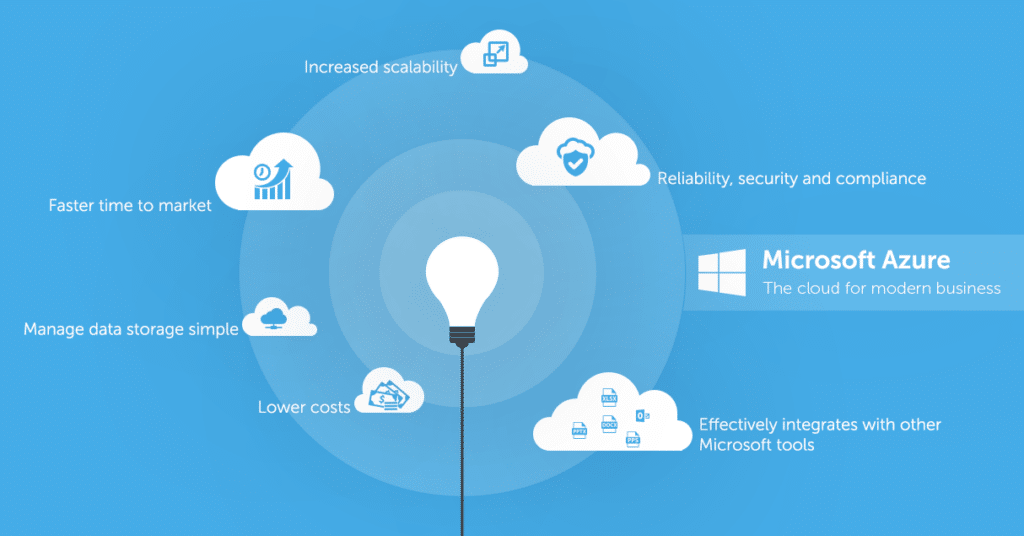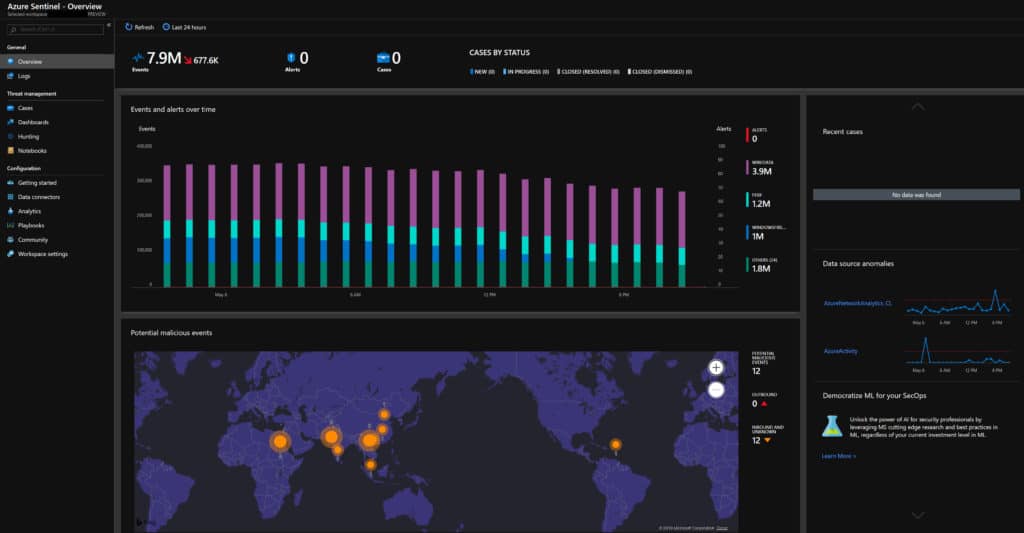Microsoft's Azure Arc
One of the big announcements that Microsoft made at its Ignite conference this year was about Azure Arc, which allows you to use Azure capabilities across clouds, platforms, and locations. As a presenter at the conference put it, "Azure truly is the world's computer," and many are already calling Azure Arc a game-changer. So what makes this Arc so special? Let's take a closer look.
A Brief Overview of Azure Arc

Microsoft prides its public cloud platform on being flexible, scalable and reliable. It's also a great medium through which to build a Zero Trust security framework. The platform's control plane is called the Azure Resource Manager. This is a place where you can manage data centers across the globe---building, deploying, and scaling as necessary. Azure encompasses servers, applications and services however and wherever you need them. It provides "rented hardware" so enterprises can make use of cloud storage, computing and networking across different locations. Since Satya Nadella took the reigns at Microsoft in 2014, there has been an increased focus on open-source options with the language and tools of your choice. Azure is meant for organizations both large and small---basically "meeting you wherever you are"---and it's constantly evolving. Which brings us here to Azure Arc.
Extending Azure Management Across Diverse Environments
Many of today's companies run a combination of applications across different cloud platforms and their own on-premises data centers. These hybrid scenarios can be difficult to organize and manage. Microsoft gets it and wants to make it easier. Azure Arc extends the capabilities of Azure beyond its own cloud platform: to other clouds, on-premises and at the edge. You can manage Windows and Linux Servers, Kubernetes clusters, and Azure data services regardless of their location. Elements like Azure Cloud Shell, Azure portal, API and Azure Policy are available in every type of platform. Azure Arc is thus a centralized and unified umbrella to cover all of those bases.
Bringing Cloud Practices On-premises
You can now bring helpful cloud practices like DevOps to your on-premises servers and run Azure data services there as well. The cloud practices in Azure are optimal for developers who want immediate access to resources for making cloud-native applications. But now those capabilities are available on-premises if desired as well. This gives developers even greater flexibility to build containerized apps, and it helps IT manage those apps uniformly with GitOps-based configuration management. No native cloud limitations--Azure is wherever you want it to be.
Running Azure Data Services on any Infrastructure
All those benefits of Azure's cloud innovation are spreading over to other platforms and infrastructures as well. Azure deployment is very quick, occurring in just seconds rather than long hours. Data is always kept up to date.These features were born in the cloud and can now come back down on-prem too. Dynamic scalability, Azure SQL Database and Azure Database for PostgreSQL Hyperscale---you can configure all of this on any Kubernetes cluster. If you want to do this on-premises and run out of space, you can create additional Kubernetes clusters in Azure Kubernetes Service (AKS), integrated through Azure Arc. Azure SQL Database will never go end-of-life, and is continuously receiving updates.
Providing Azure Security Center Everywhere

As a Microsoft Cloud Security partner, one of our exciting features is being able to extend Azure Security Center to your datacenter and other clouds. Security capabilities like Azure Threat Protection can now be used outside of the original Azure cloud platform. Accessing and managing security policies is easier with Azure's role-based access control (RBAC). And the centralized nature of Arc makes it simpler to enforce compliance and do audit reporting across locations.
An Example Setup
One scenario we could look at to get an idea of Azure Arc's usefulness would be a large financial organization. Let's say this big enterprise has many server-based IT systems and Kubernetes clusters, which it deploys in data centers and both private and public clouds. Normally these different locations and platforms would be difficult to manage. But Azure Arc would provide these tools to simplify that huge task:
- A unified view of all centers through Azure Portal and API, with asset organization and inventory of servers and Kubernetes clusters
- Azure Policy's customer resources
- Standardized RBAC across all types of systems
- Centralized compliance auditing
- Scalability from the entire organization down to individual servers or clusters
Check out this video from the Ignite conference further demonstrating Azure Arc in a scenario like this.
Give Azure Arc a try
Azure Arc is currently in preview and available to try at no cost. Now is the exciting time to figure out how it can work for you and give Microsoft any feedback you may have regarding this new connected service. You can take a look at the preview and guidelines for setting it up here.

Stay connected. Join the Infused Innovations email list!
Share this
You May Also Like
These Related Posts

Microsoft Defender for Cloud: the Only Offering that Natively Supports Azure, AWS, and Google Cloud

Palantir Technologies and Microsoft Partnership a Game-Changer for Government AI

No Comments Yet
Let us know what you think